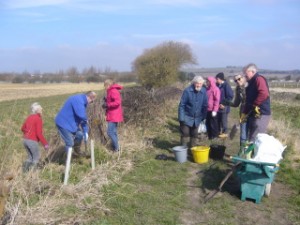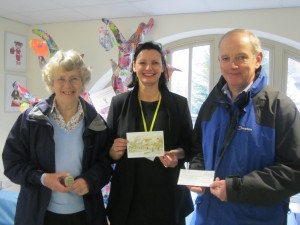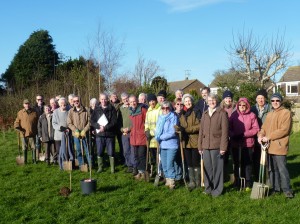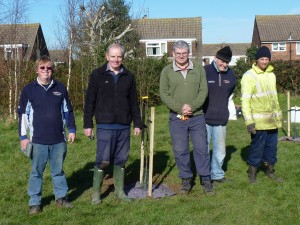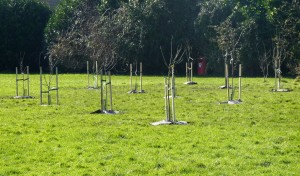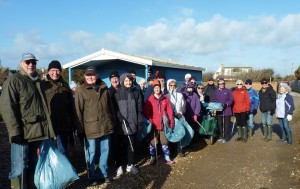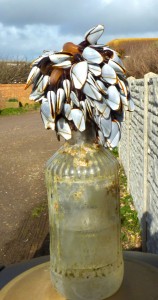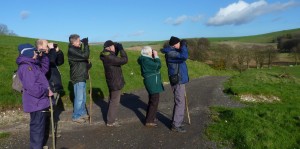At our March meeting an audience of around 75 keen members and visitors enjoyed an illustrated talk from Paul Stevens on Amphibians and Reptiles in Sussex. As chairman of the Sussex Amphibians and Reptiles Group and with his other role as Grounds Manager at Arundel WWT, Paul came well equipped to educate us in his usual relaxed and informative manner. Paul began by concentrating on amphibians and reptiles that are found in the wet habitat of Arundel WWT, namely grass snakes, common lizards, slowworms, palmate newts, smooth newts, spotted newts, common frogs and common toads. Paul said there was evidence that the frogs had already spawned but the toads were still on the move but when they eventually breed the females will each produce 2,000 to 4,000 eggs. Paul explained that the ideal habitat for water voles and dormice can conflict with that of birds and bats so careful thought must be given to creating a good compromise. Grass snakes are easy to identify with their distinctive yellow and black collar and corrugated tin sheets laid flat on the ground provide excellent protection during the winter months. Each snake has a unique pattern on its underside and 3 snakes named ‘Terry, Pat and Bob’ are currently monitored for their breeding patterns. ‘Bob’ and ‘Terry’ travel widely around the WWT site but as Pat is the female of the trio she is sedentary. Elsewhere in the UK, heathlands are the most important area for reptiles as all 6 species can be found there (the common lizard, sand lizard, adder, grass snake, smooth snake and slowworm). Heathlands provide the perfect habitat, with open areas for reptiles to bask and an ample food source can be found due to the invertebrate populations. Amphibians also thrive (the common frog, common toad and the rare natterjack toad), using the damper areas close to water where they can lay their eggs. The common newt, palmate newt and great crested newt, favour ponds to breed in and can be quite at home in a garden pond, they may also take advantage of nearby grass and dried leaves.
After tea Tricia Hall delivered her Nature Notes with the news of tree planting by some of our members on the west side of the Rife. These small, holly, downy birch, mountain ash, hazel, crab apple and hawthorn trees will hopefully provide food and shelter for wild birds as well as acting as a good wind break. Also 150 willow stakes (all from one tree) were planted along the western boundary of Ferring Country Centre.
To follow Ed Miller updated us with news of planning issues including the newly erected ‘no overnight parking’ notices along Marine Drive to prevent motorhome owners sleeping in their vehicles in this area. The planning application at 44, Ferringham Lane for 5 properties in addition to the existing house has been withdrawn by the applicant. The Kingsley Group have applied for planning permission for the conversion of a garage building, behind their current site, into offices to accommodate an increase in staff from 57 to 91 with no provision for additional parking. This application also includes a request for extended opening hours for the offices and café from 7am to 10pm. The Bluebird Café has applied for a full licence to serve alcohol from 10am until midnight and to permit dancing and live and recorded music to 12.30am.
David Bettiss concluded the meeting by thanking the sponsors and planters of the Community Orchard and informed us that John Coote from the Brighton Permaculture Trust, and also a local resident, has kindly offered to help us maintain the fruit trees.

